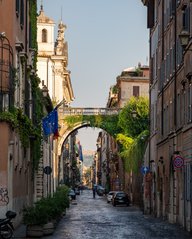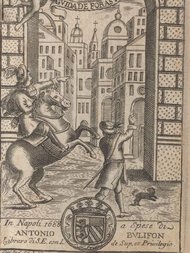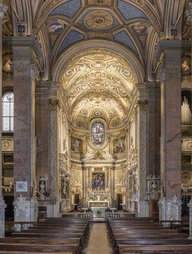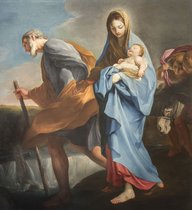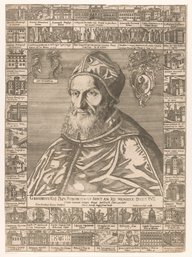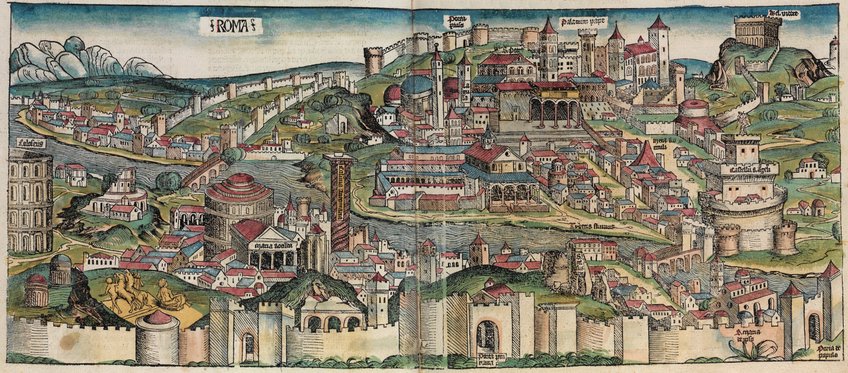
Foreigners in Early Modern Italian Cities
People, Objects, Ideas on the Move
Within the broader research area of Italian art history in a global perspective, Senior Scholar Susanne Kubersky-Piredda is particularly interested in the social contexts from which early modern art emerged and how it functioned within them. Over the past years she has been working on dynamics of cohabitation, interaction, and (self-)representation among foreigners in shared urban spaces. Italian cities like Rome and Naples were melting pots that drew foreigners from all over Europe. The project focuses on the movement of people, objects, and ideas across cultural and territorial borders and the role of art and material culture as a means of expressing manifold and constantly shifting collective identities.
The team, which includes a group of Ph.D. students with external funding is working on comparative case studies of urban neighborhoods characterized by a particularly strong presence of foreigners, such as the areas around Piazza Navona or Via Giulia in Rome and the port district in Naples.
Multicultural urban centers like Rome and Naples provide fascinating settings for comparative studies on pre-modern concepts of nationhood. From the Middle Ages on, groups of people of common origins gathered in confraternities and founded hospices, oratories and churches. These groups mirror the linguistic, ethnic, and cultural characteristics of their places of origin, and appear as ‘national’ representative bodies long before the idea of a nation state had established itself on a continental scale. In addition to territorial and linguistic criteria, shared memories, traditions, rituals, and identification figures fostered a feeling of belonging among foreigners.
To what extent art also played a role in this process is a central question that the research project is devoted to exploring not only painting, sculpture, and architecture, but also the broader spectrum of artistic production, including prints, objects of daily use, and the vast world of ephemera for religious festivals and processions. The objective is to detect the unifying elements of the individual foreign communities and to show how these elements – for instance, language, religion, values, and customs – found expression in the visual culture and how a sense of belonging to a specific cultural group could arise through the use of recognizable semantic formulae. The study also seeks to verify to what degree art commissioned by foreigners resident in cities like Rome or Naples was either the product of ‘self’ presentation as an attempt to distinguish this ‘self’ from the ‘other’, or the product of and cross-fertilization between imported artistic phenomena and local working procedures consolidated over the course of centuries.
